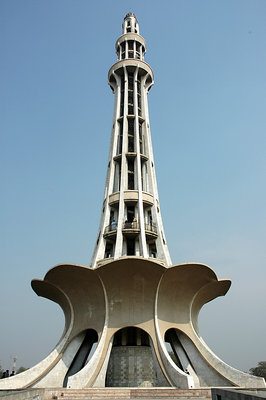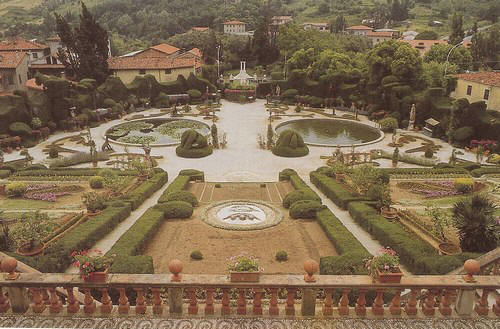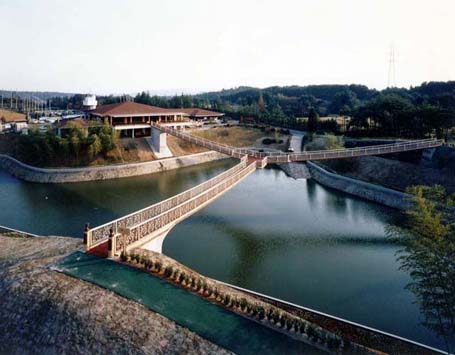Minar-e-Pakistan
August 14th, 2010 • Architecture

Minar-e-Pakistan is a tall minaret in Iqbal Park Lahore, built in commemoration of the Pakistan Resolution. The minaret reflects a blend of Mughal and modern architecture, and is constructed on the site where on March 23, 1940, seven years before the formation of Pakistan, the Muslim League passed the Pakistan Resolution.






















